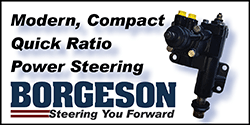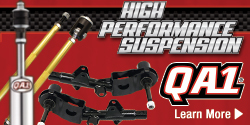ksurfer2
Well-Known Member
Engine is a 512, solid roller cam, MSD Pro-billet Distributer with locked timing, MSD digital 6 box, Bronze distributor gear. Setting timing at idle (approx 1,000 rpm) to 35*. When any throttle is applied, the timing will retard approximately 5*. There is a cam button on the front of the cam. I do not recall the gap to the timing cover, but I did set it to spec. Could the cam pushing forward and causing the timing cover to flex cause the change in timing?
















